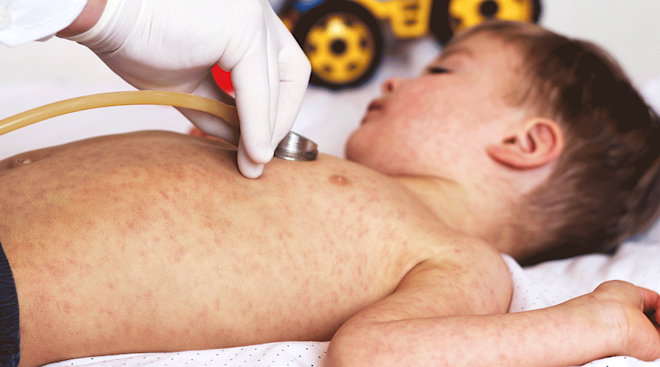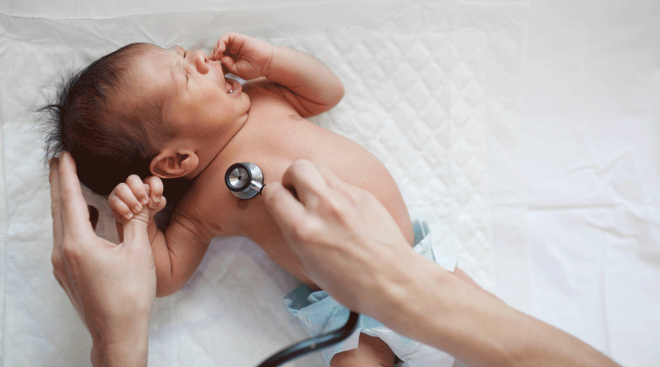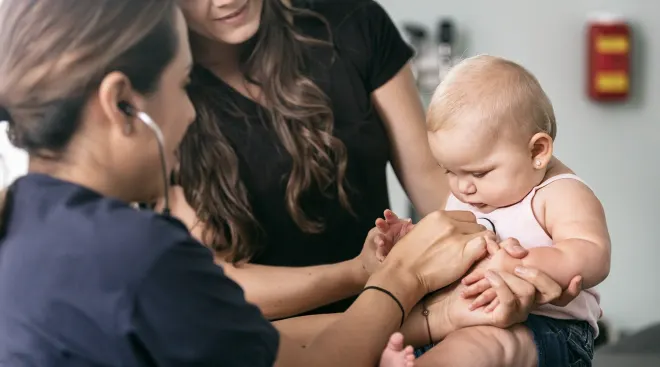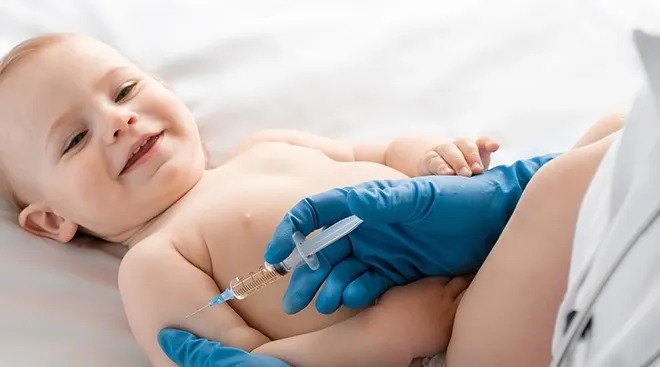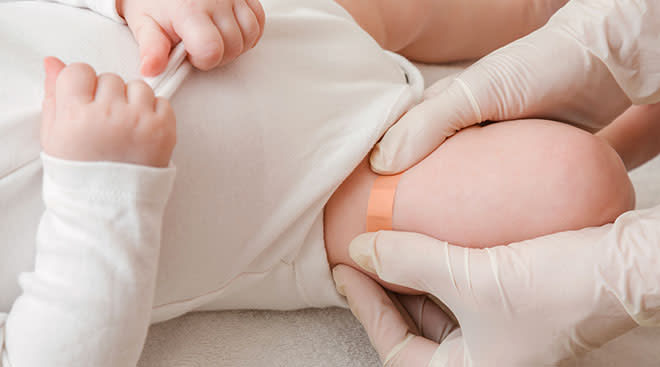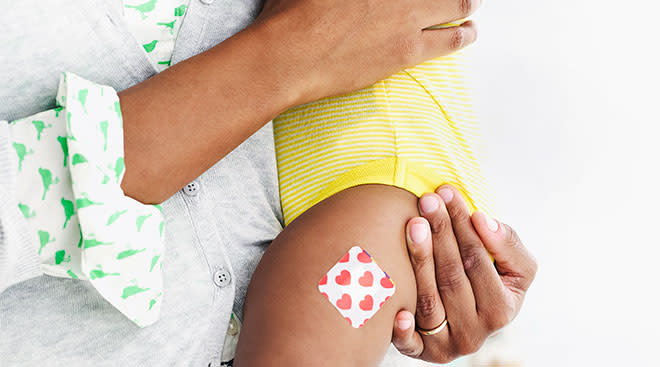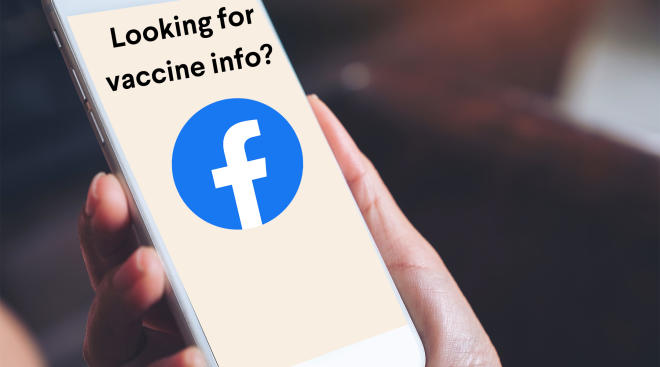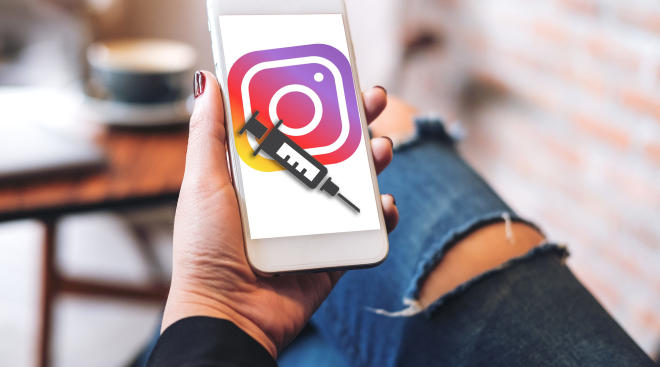13 Ways to Make Shots Less Stressful for You and Baby
The thought of seeing baby in pain after getting a shot is enough to give even a cool-as-a-cucumber parent an anxiety attack. We get it. Luckily, there are some things you can do to help both you and baby get through vaccinations as painlessly and stress-free as possible.
Once you’ve read up on the shots baby is receiving and why, you’ll have a firm grasp on which diseases you’ll be preventing and why getting the vaccine is so important—all of which can make you more confident and at ease with your decision to bring baby in.
For most babies, this is the time of day they’re more rested and less likely to be in a bad mood. For that matter, you’ll probably feel fresher and less likely to be in a bad mood too.
Babies are sensitive being and can pick up on your energy and anxiety, so take a deep breath, remember why you’re there and talk to baby in a calm and soothing voice.
If your child likes a pacifier or is attached to a particular toy or lovey, bring it along! Having a beloved item can help keep baby’s mind off of what’s going on and help them focus on something more comforting instead.
According to the US Centers for Disease Control and Prevention (CDC), tasting something sweet can actually help reduce your child’s pain response. Ask your pediatrician to give baby a sweet solution of sucrose or glucose one to two minutes before the shot. Even a tiny amount of the solution can ease your little one’s pain.
Another option for lessening baby’s pain: a pain-relieving ointment or cooling spray. (Just ask your doctor beforehand, since you may need a prescription for the ointment and it can take some time to kick in, according to the CDC.) Reducing your child’s pain may help reduce the chances they’ll develop a fear of shots and can lower their stress levels before well visits.
In some cases, several vaccinations can be administered together in one shot. If that’s an option, you can reduce the number of injections baby gets in one visit by asking for the combination shot.
This tip will help when baby’s a little older. There’s usually a several-second delay from when the injection happens to when pain sets in. During those moments, suddenly applaud and loudly encourage your tot with a supportive comment, like “You did so great!” or “I love you so much!” or even, “Your body is getting stronger every day!” Sometimes babies and kids are so stunned— and proud—they quickly forget about the discomfort. Some families even sing or play music right after vaccines to take the child’s mind off what’s going on.
You can nurse baby right after they get their shots—or even while they’re getting them. Breastfeeding can be extremely comforting for baby and has been shown to reduce crying for babies 6 months old and younger when getting shots.
We’re not saying to automatically give baby acetaminophen, since it could actually slightly reduce the effectiveness of the vaccines. But if baby is especially uncomfortable afterward or develops a fever or localized pain, talk to your pediatrician to see if giving a mild pain reliever is appropriate.
After getting vaccines, children sometimes develop redness, soreness and swelling where the shot was given, the CDC says. Try placing a cool, wet cloth to the site to ease your child’s discomfort.
If your child is uncomfortable or upset after getting their shots, kisses, cuddles and favorite bedtime stories can make little ones feel much better. For young babies, try swaddling them after a round of vaccines. It mimics the cozy snugness of the womb and does wonders to soothe them.
Some babies and kids associate going to the pediatrician with the pain of getting shots. To get baby used to being at the doctor’s office, stop by sometime when your child isn’t scheduled to get any vaccines. At the very least, after the shots are administered, give your little one time to calm down and relax. That way, they’ll leave feeling more positive about the doctor, and that can make next time less tense.
Updated December 2018
Please note: The Bump and the materials and information it contains are not intended to, and do not constitute, medical or other health advice or diagnosis and should not be used as such. You should always consult with a qualified physician or health professional about your specific circumstances.
Plus, more from The Bump:
Navigate forward to interact with the calendar and select a date. Press the question mark key to get the keyboard shortcuts for changing dates.


































